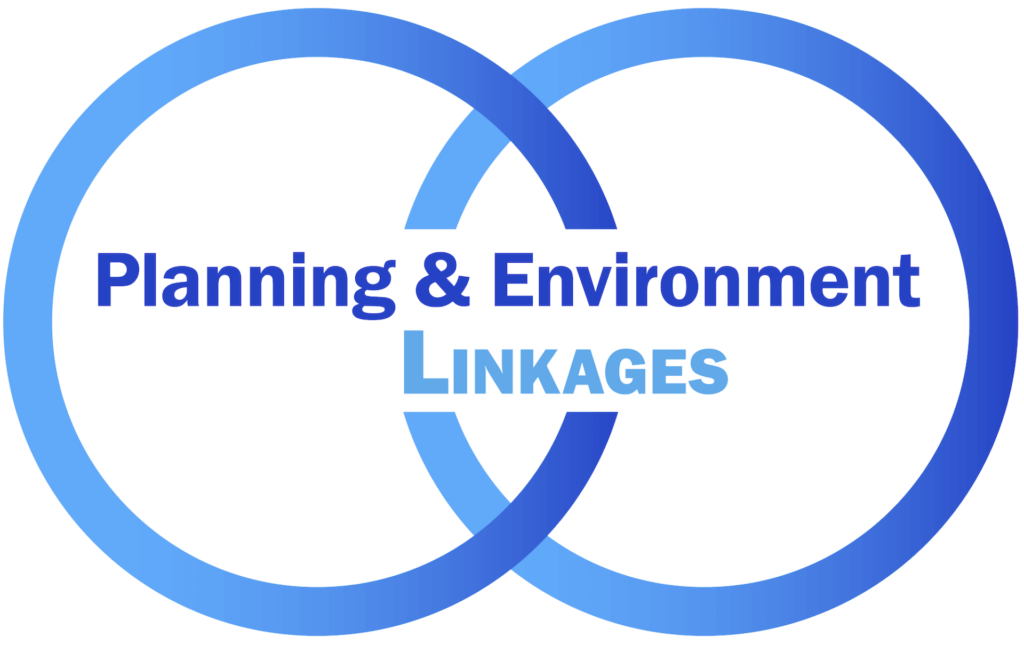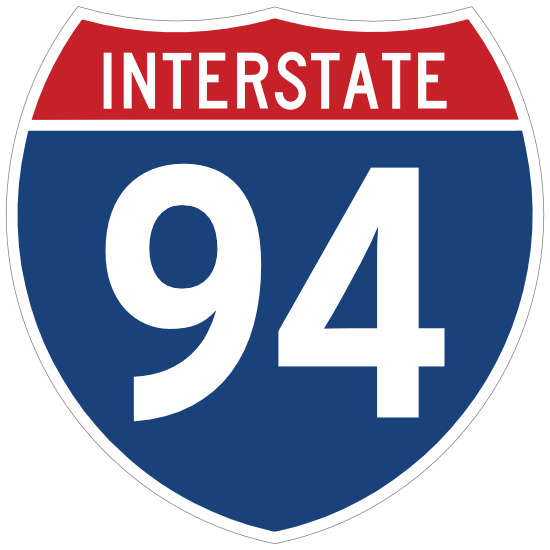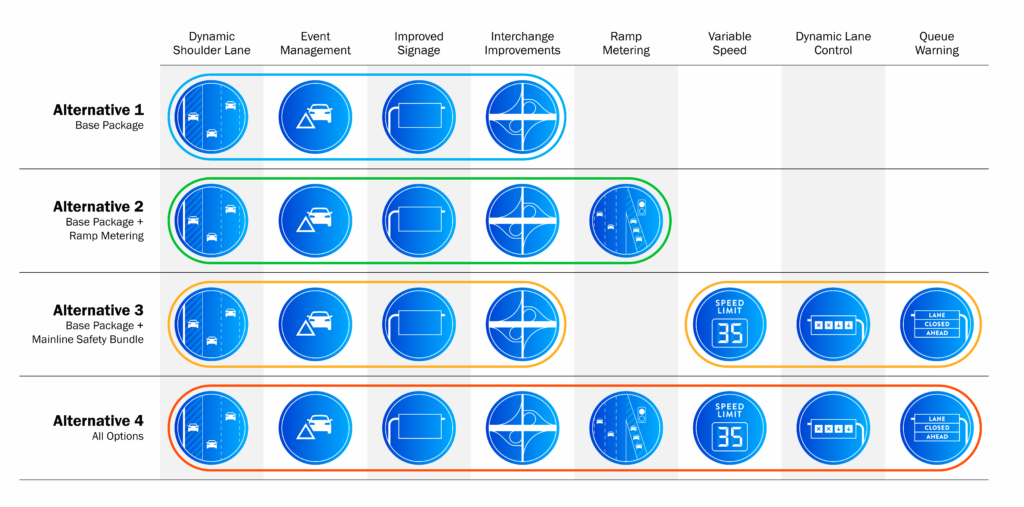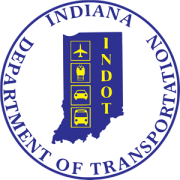About the Project
80/94 FlexRoad is expected to improve traffic flow and safety along Indiana’s busiest interstate corridor. The project spans the I-80/I-94 Corridor (Borman Expressway) from I-65 in Indiana to the east to IL 394 on the west.
The Indiana Department of Transportation (INDOT) project is expected to implement innovative strategies to help reduce travel time, increase travel time reliability and improve safety.
Where We Started
Planning and Environment Linkages (PEL)

About the PEL Process
The Planning and Environment Linkages (PEL) process is a collaborative and integrated approach to transportation decision-making that considers environmental, community and economic goals early in the transportation planning process.
Why It's Important
The PEL process brings environmental considerations and stakeholder engagement into the planning phase as the project is defined. Doing so allows these inputs to be included in early decisions and reduces duplication of work during the National Environmental Policy Act (NEPA) process that follows. The PEL process also supports improved relationships between project sponsors, partner agencies and the public.
Benefits of PEL Studies
- Enable agencies to be more effective players in the transportation decision-making process
- Improve efficiencies by minimizing potential duplication of planning and NEPA processes
- Design transportation programs and projects that serve communities’ needs more effectively through coordination with resource agencies and the public
Findings
The 80/94 FlexRoad PEL study determined the purpose and need for the project and developed the alternatives to be studied in greater detail. The PEL Study Report was approved by the Federal Highway Administration (FHWA) In April 2022.
Planning and Environment Linkages (PEL) Outcomes
Purpose & Need
- Increase the operational efficiency of the corridor by reducing travel times and increasing travel time reliability.
- Improve safety in the corridor by reducing crashes
The need for the FlexRoad project is based on recurring congestion and high crash rates along the I-80/I-94 corridor. Drivers experience congestion during weekday peak commuting periods and Sunday afternoons and evenings during the summer. Congestion results in poor travel times and low speeds. Added capacity will improve traffic operations along the corridor.
More than 4,000 crashes occurred between 2017 and 2019 – with rear end/same direction side swipes making up 75% of incidents. Capacity, merging and weaving movements likely contribute to safety issues. Approximately 38% of accidents involve trucks but trucks only make up around a quarter of traffic.


Alternatives Being Studied
Four alternatives were identified in the PEL study, and all are being studied in greater detail during the NEPA study. The Project Team is examining benefits, impacts and costs of the alternatives. The NEPA study is required for any project that will receive federal funding.
The alternatives all include Transportation Systems Management and Operations (TSMO) strategies, including dynamic shoulder lanes, variable speed limits, ramp metering, lane control and queue warning systems. Each alternative includes a combination of strategies with increasing amounts of complementary benefits.
Project Timeline

The NEPA phase of the project includes collaboration with federal, state and local agencies. Stakeholder engagement and feedback from the public are an important part of the process. It also includes detailed analysis of each alternative. The NEPA Study is expected to be finalized in late 2024. It will identify a preferred alternative, and a formal comment period will be held.


